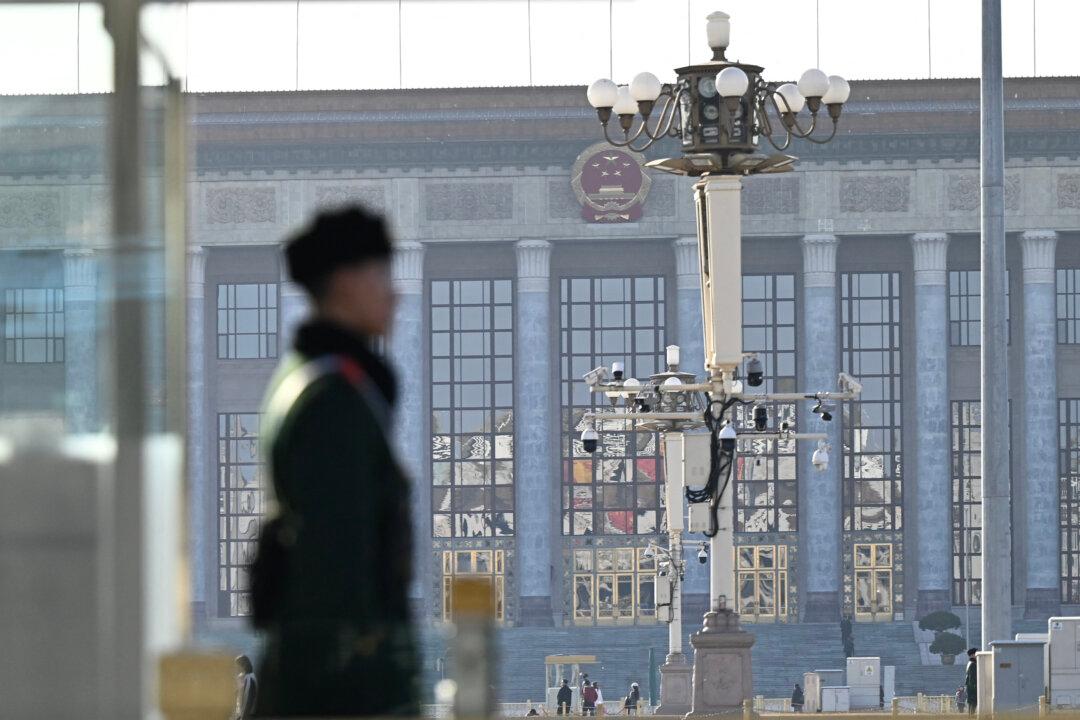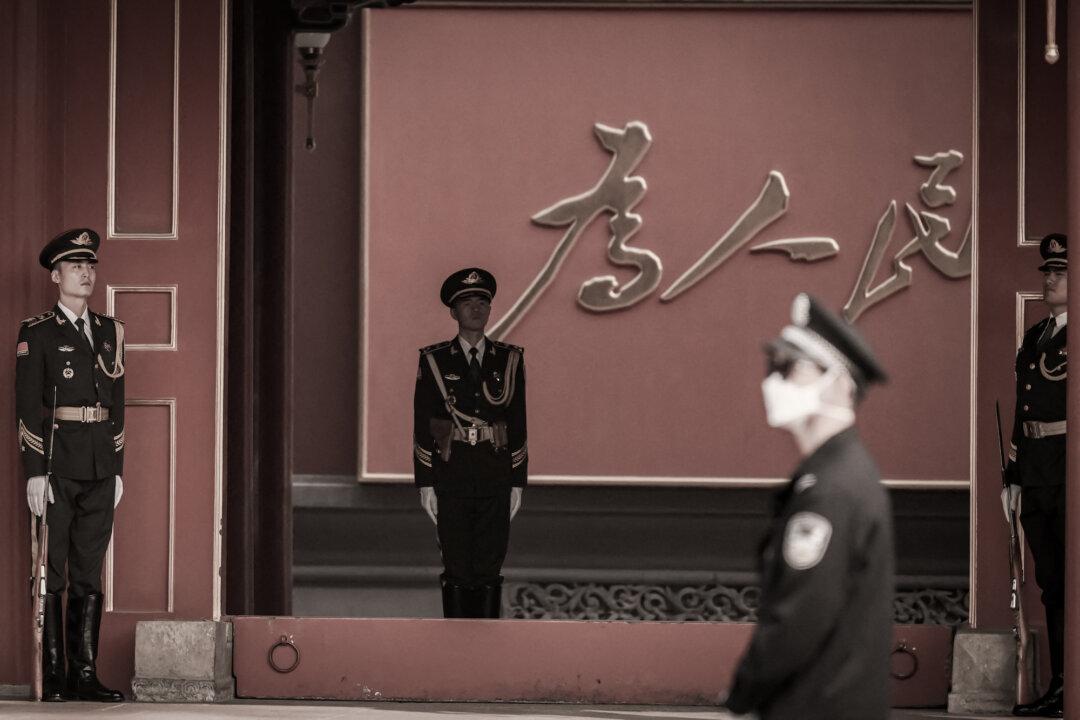Commentary
As tariffs between the United States and China skyrocketed—Washington raised duties to 145 percent and Beijing retaliated with 125 percent—the trade war entered an unprecedented second stage. This high-stakes standoff is not merely about economics; it challenges the resilience of both political systems and has significant global implications.



